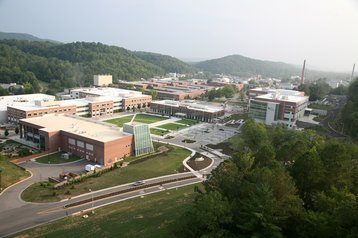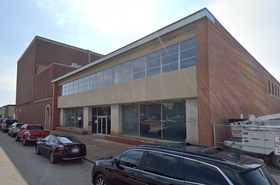Quantum engineering company Riverlane and quantum computing firm Rigetti have partnered with Oak Ridge National Laboratory (ORNL) for a project exploring the integration of quantum computers with large-scale supercomputing centers.
As part of the project, the stakeholders will build the industry’s first benchmarking suite, dubbed QStone, to measure the performance of joint high-performance computing (HPC) and quantum systems and better understand how quantum error correction technologies interact with an HPC system when integrated with quantum hardware.
The three institutions will jointly publish their findings, which are also expected to include insights on whether quantum computers should be installed on-site or can be successfully used through remote access.
QStone will run on ORNL’s Summit supercomputer, a 13MW system that features 9,216 IBM Power 9 processors and 27,648 Nvidia Volta GPUs across 4,608 servers, connected via Nvidia’s NVLink interconnect. The world’s fifth faster supercomputer’s nodes are connected via Mellanox dual-rail EDR InfiniBand network, delivering 200Gbps to each server.
The quantum components of the suite will use simulated hardware based on Riverlane’s Quantum Error Correction Stack and real remote hardware located at Rigetti’s headquarters in California. The stack’s qubit control system is already installed at the ORNL labs.
“Integrating quantum processors with modern HPC is an important next step in the evolution of both quantum computing and HPC,” said Dr. Subodh Kulkarni, CEO of Rigetti. “Collaborating with ORNL and Riverlane to develop and test the integration of Rigetti quantum hardware into ORNL’s HPC systems could move us significantly closer to the deployment of the first quantum-enabled supercomputer.”
Marco Ghibaudi, VP of engineering at Riverlane, added: “This project will move us ahead in making quantum computing devices both more practical in general and more interoperable with HPC systems. The benchmarking will help us explore and identify early challenges associated with such integration which will benefit future research in this space. We are proud to be part of this exciting initiative and understand more about how our Quantum Error Correction Stack can work in tandem with a world-leading supercomputing center.”
ORNL in Oak Ridge, Tennessee, is home to the world's current most powerful supercomputer, Frontier. The lab also houses a 10 petaflops supercomputer used by the National Ocean and Atmospheric Administration in addition to the aforementioned Summit system.
In November 2023, the US Department of Energy's (DOE) watchdog reported 'poorly managed' operations and maintenance at ORNL’s data center. The report found that in buildings 5300, 5600, and 5800, operations and maintenance were poorly managed, the calibration program was inadequate, and there was "poor or no maintenance" on pressure relief valves.
In a statement to DCD, ORNL said: "The identified issues do not pose a risk to the operation of the Oak Ridge Leadership Computing Facility’s supercomputers.”







